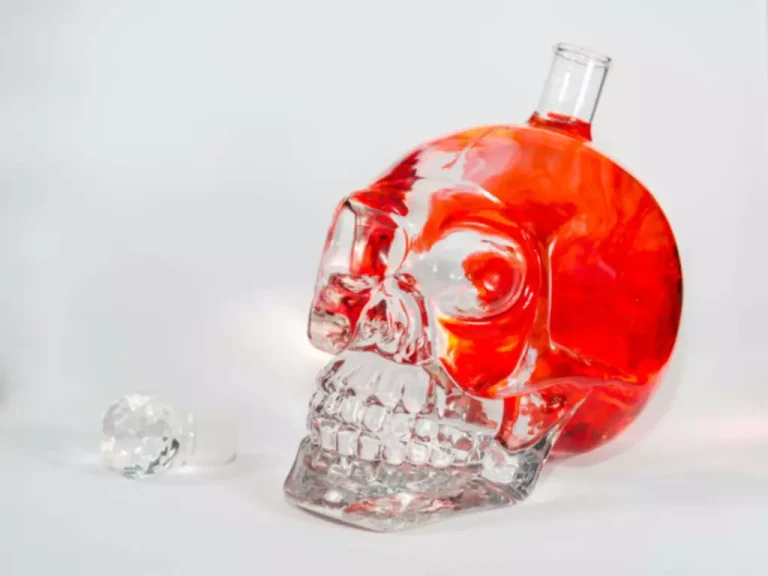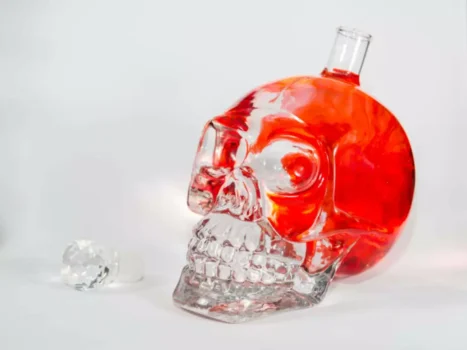Urticaria (hives) may occur within minutes to hours of drinking alcohol and is sometimes due to allergic reaction. Flushing and overheating after drinking alcohol may also indicate cholinergic urticaria. This is a physical type of urticaria is brought on my heat, exercise, or stress. The distribution of psoriasis has been observed to be particularly prominent on the fingers and hands of heavy drinkers. People who have psoriasis and drink more than 80g of alcohol per week have been found to have more severe treatment-resistant psoriasis, including erythrodermic psoriasis. The reasons for the association may be relative immune suppression induced by alcohol and/or that it induces proinflammatory cytokines.
What is an Alcoholic Nose?
Alcohol does not cause rhinophyma, but it can aggravate a rosacea flare-up. Rosacea flare-ups could contribute to continued growth of a bulbous nose. When rhinophyma is severe enough, an individual can have trouble breathing. This occurs when the skin of the nose has become bulbous enough to constrict the natural airways of the nose. When your nose is not bulbous or suffering from any significant disfigurement, you can usually breathe like normal through your nose. As you can see from that list, alcohol is a factor that can trigger a rosacea flare-up.
Alcohol Nose: Causes, Symptoms & Treatment for Rhinophyma
The depth of shaving should leave enough skin adnexal structures at the wound surface to allow proper healing by secondary intention. It is essential to fully understand the patient’s concerns and consider the emotional impact of the condition on the patient. Attention must be given towards systemic treatment of rosacea and avoiding trigger factors to achieve symptoms control. Rhinophyma, also termed ‘end-stage rosacea’, is the most frequent phymatous manifestation of the disease.
Surgical Interventions for Rhinophyma: Effectiveness and Risks
Your insurance plan may cover some or all of the cost of treatment for drug or alcohol addiction. Our online health insurance verification system will estimate your in-network and out-of-network deductibles, coinsurance percentages and out-of-pocket maximums. Within 5 minutes, you’ll receive an email with these details – free of charge. Some people with rosacea develop rhinophyma, but people without rosacea can have this disorder, too.
While the underlying causes aren’t fully understood, early treatment is considered the most effective solution. Alcohol intolerance occurs when your body doesn’t have the proper enzymes to break down (metabolize) the toxins in alcohol. This is caused by inherited (genetic) traits most often found in Asians. However, if you have a serious reaction or severe pain, see your doctor.
Alcoholic Nose: Symptoms, Causes, and Treatment
However, many people who use alcohol heavily alcoholic nose do not develop rosacea, and rosacea does often occur in people who do not drink alcohol or only use it in moderation. When left untreated, the skin condition rosacea can cause the nose to grow or become bulbous in appearance. The most common side effect of rosacea in people who drink is flushed skin. With time, rosacea can worsen, and for people who drink alcohol heavily, this can mean developing rhinophyma.
- Prominent blood vessels may also surface, exacerbating the redness and contributing to a swollen appearance.
- It can be if people have other conditions, such as rosacea or rhinophyma.
- As the condition advances, it can result in a disfiguring nasal deformity, impacting both physical appearance and potentially leading to emotional distress.
- The vessels on the nose enlarge, cysts and pustules may erupt, making the skin extra oily, and the tissues on the end of the nose appear as if they expand.
They are most frequently found on the face, v of the neck, chest, arms, hands and abdomen. Up to 40% of northeastern Asians experience flushing and elevated heart rate after drinking even minimal amounts of alcohol, due to accumulation of acetaldehyde. This is because of a mutation in acetaldehyde dehydrogenase (ALDH2), the enzyme that converts acetaldehyde to acetate. When you call our team, you will speak to a Recovery Advocate who will answer any questions and perform a pre-assessment to determine your eligibility for treatment. If eligible, we will create a treatment plan tailored to your specific needs.
If the cream or lotion antibiotics do not work, a person may be required to have a course of oral antibiotics instead. Flushing can be caused by various things, from emotions to health disorders. While flushing tends to occur on the cheeks, it can develop across the entire face and cause the nose to become red. At Georgetown Behavioral Hospital, you can take your addiction recovery journey one step at a time.
Genetics play a significant role in the development of rosacea and, subsequently, rhinophyma. If you have a family history of rosacea, you may be more prone to developing this condition. Research suggests that certain genetic markers may make individuals more susceptible to the inflammatory responses that characterize rosacea and rhinophyma.
- People can experience rhinophyma without drinking alcohol or very occasionally drinking it.
- Therefore, those with rosacea should avoid alcohol since this particular side effect may be exacerbated by alcohol abuse.
- For example, on dark skin tones, rosacea may cause dark brown skin discoloration instead of redness.
- Systemic, medical treatment of rosacea is critical for achieving control over the condition and to keep it from worsening.
- In some cases, people may experience ocular rosacea before symptoms on the skin begin.
Some people might be prescribed a low dose course of isotretinoin (Accutane) to help shrink enlarged oil glands that might also be contributing to skin thickening and symptoms. Topical retinoids might also be recommended for anyone who catches the condition in its early stages. While anyone can develop rhinophyma, it’s most commonly reported in white males, especially over age 50. Experts theorize that androgenic hormones found in males may trigger rhinophyma. A rash across the nose and cheeks, often known as a “butterfly rash,” is a common symptom of lupus.






